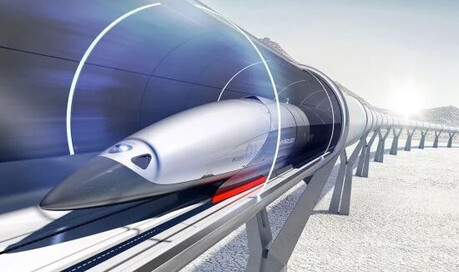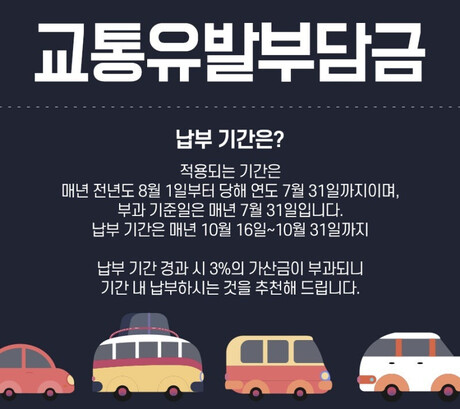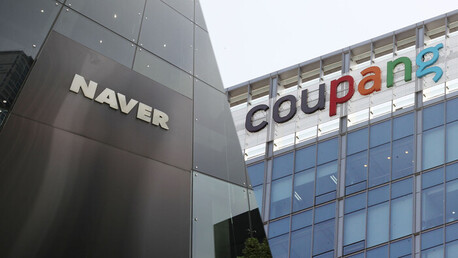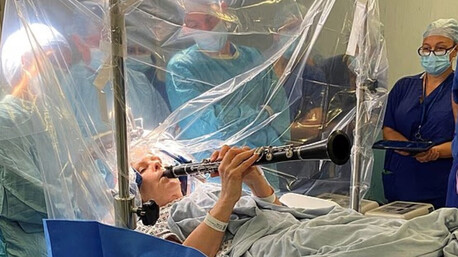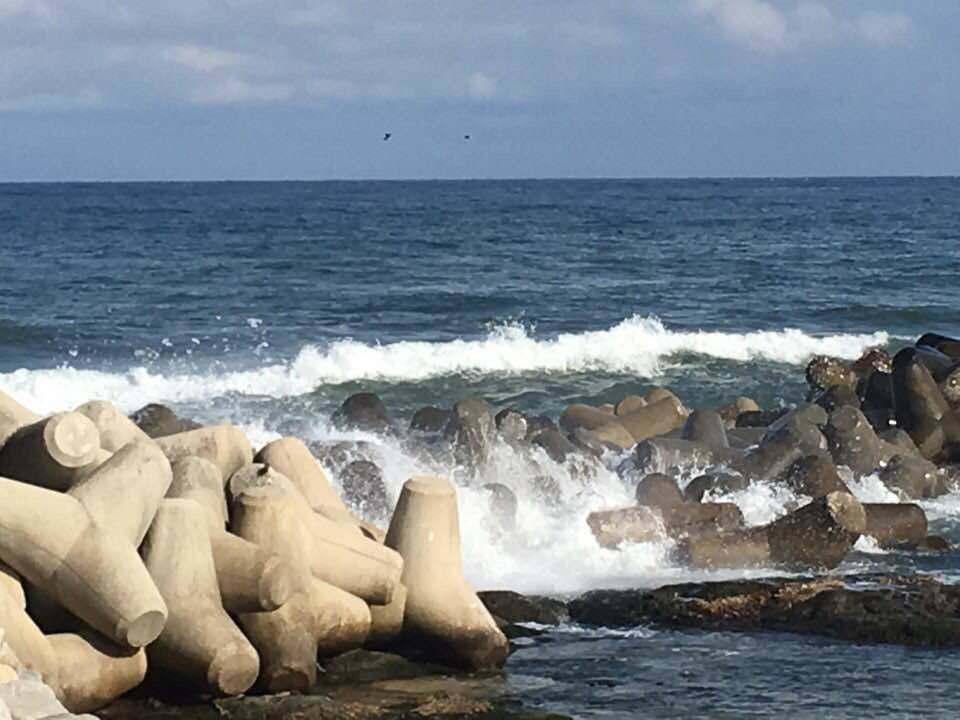
Gunsan, South Korea – The Gunsan Coast Guard has issued a stern warning and announced intensified enforcement against the growing number of anglers illegally fishing in designated restricted areas, including the Bi-eung Port breakwater and the critical infrastructure of the Saemangeum drainage gates. These zones, primarily established to safeguard vessels and vital facilities from the relentless forces of high waves and powerful winds, pose significant risks to individuals due to their inherent structural dangers.
The allure of the catch, however, continues to tempt some fishing enthusiasts to disregard clearly marked warnings and bypass safety barriers, placing themselves in peril and potentially facing substantial fines. The Coast Guard's renewed commitment to surveillance and immediate action underscores the severity of the issue and the potential for tragic accidents in these hazardous maritime environments.
The Treacherous Terrain of Tetrapods
A primary concern highlighted by the authorities is the ubiquitous presence of tetrapods (TTPs) along these coastal defenses. These distinctive concrete structures, often mistakenly referred to as 'tripods' due to their four-legged design, are engineered to dissipate the immense energy of incoming waves. Their construction involves a complex interlocking arrangement, stacking layer upon layer from below the waterline. This method, while effective in their primary purpose, creates a labyrinth of voids and gaps between the individual units.
These seemingly innocuous spaces conceal a deadly trap. Should an individual fall into the gaps between these massive concrete forms, the consequences can be catastrophic. The drop can be equivalent to plummeting from the third story of a building, often resulting in severe injuries or fatalities upon impact with the unforgiving concrete below. Furthermore, the confined and irregular nature of these spaces presents a formidable challenge for rescue personnel attempting to extricate trapped individuals, significantly reducing the chances of a timely and successful rescue.
The tragic reality of these dangers was starkly illustrated in October 2019 when a man in his fifties, engaged in illegal fishing activities near the Bi-eung Port tetrapods, fell into the structure and tragically lost his life. This incident serves as a grim reminder of the very real and potentially fatal risks associated with unauthorized access to these areas.
Blatant Disregard for Safety Regulations
Despite the well-documented hazards and the presence of clear signage and physical barriers such as steel safety fences, some anglers continue to flout the regulations. A recent incident on April 2nd in the Bi-eungdo-dong southern breakwater area saw a 60-year-old individual, identified as Mr. A, apprehended for violating the 'Act on the Prevention of Coastal Accidents'. He was caught fishing after deliberately ignoring the explicit warnings and circumventing the established safety measures.
This act of defiance not only endangered Mr. A's own life but also demonstrated a disregard for the efforts of the Coast Guard to maintain safety in these high-risk zones. Such incidents underscore the need for stricter enforcement and increased public awareness regarding the potential consequences of illegal entry.
Coast Guard Enhances Surveillance and Enforcement
In response to the increasing trend of illegal fishing and the inherent dangers involved, the Gunsan Coast Guard has announced a proactive strategy involving heightened surveillance and immediate intervention. According to a Coast Guard official, patrol stations will intensify their monitoring via CCTV systems, and on-the-ground patrols will be increased to identify and apprehend individuals who venture into restricted areas.
The official emphasized the Coast Guard's commitment to enforcing the regulations, stating that any unauthorized entry into these zones will be met with immediate action. The primary objective is to deter risky behavior and prevent further accidents, ultimately safeguarding lives and ensuring the integrity of critical coastal infrastructure.
Legal Ramifications and Public Appeal
The Coast Guard has also reiterated the legal consequences associated with unauthorized entry into these designated restricted zones. Within the Gunsan jurisdiction, a significant number of coastal areas are classified as off-limits to the public due to safety concerns. These include five breakwaters – the Saemangeum New Port breakwater and four locations at the Gunsan Port southern breakwater – as well as six drainage gates associated with the Saemangeum project, including the Shinsi and Garyeok drainage gates, which have been under restriction since 2017.
The 'Act on the Prevention of Coastal Accidents' empowers the Coast Guard to designate such areas and impose penalties on those who violate these restrictions. Individuals found to have unlawfully entered these controlled zones can face fines of up to 1 million Korean Won (approximately $750 USD), a significant penalty intended to deter such dangerous activities.
The Coast Guard official made a direct appeal to the public, urging individuals to exercise caution and refrain from engaging in any reckless fishing activities in areas adjacent to the sea, particularly on breakwaters and near drainage gates. The plea emphasizes the importance of prioritizing personal safety and respecting the regulations designed to prevent accidents in these hazardous maritime environments.
Understanding the Restricted Zones
To better understand the Coast Guard's concerns, it's crucial to consider the specific characteristics and purposes of the restricted areas:
Bi-eung Port Breakwater: Breakwaters are essential coastal structures designed to protect harbors and anchorages from the damaging effects of waves and currents. The Bi-eung Port breakwater plays a vital role in ensuring the safety of vessels docked within the port and the structural integrity of the port facilities. Fishing on these structures is prohibited due to the instability of the terrain, the slipperiness of the concrete surfaces, and the risk of being swept away by unexpected waves. The presence of tetrapods further exacerbates these dangers.
Saemangeum Drainage Gates (Shinsi and Garyeok): The Saemangeum project is a large-scale land reclamation initiative, and the drainage gates are critical components for managing water levels and preventing flooding in the reclaimed areas. These structures often involve strong currents and significant drops, making fishing activities exceptionally dangerous. Furthermore, unauthorized access can interfere with the operational integrity of these vital water management systems. The fast currents around the drainage gates, as highlighted by the Saemangeum Development and Investment Agency, pose a significant risk of individuals being swept away.
Saemangeum New Port Breakwater: Similar to other breakwaters, this structure protects the newly developed port area. Its sheer size and exposure to the open sea make it a hazardous environment for recreational activities like fishing. Rescue operations in such expansive and often turbulent areas can be particularly challenging.
The Broader Context of Coastal Safety in South Korea
The issue of safety in coastal areas, particularly concerning fishing activities, is a broader concern in South Korea. Studies have indicated a significant number of maritime accidents involving fishing vessels and individuals engaged in coastal fishing over the past few years. Factors contributing to these accidents include inadequate safety awareness, insufficient training, and a failure to utilize safety equipment.
While the majority of these statistics pertain to fishing vessels at sea, the dangers extend to nearshore activities such as fishing on breakwaters. The unpredictable nature of the marine environment, combined with the structural hazards of artificial coastal defenses, creates a recipe for potential disaster when safety regulations are ignored.
The 'Act on the Prevention of Coastal Accidents' itself underscores the government's commitment to addressing these risks. The Act outlines measures for preventing accidents in coastal sea areas, including the designation of restricted access zones in areas where accidents frequently occur or are highly likely. It also emphasizes the importance of safety education and the establishment of safety management regulations.
Conclusion: A Plea for Prudence and Compliance
The Gunsan Coast Guard's increased vigilance and enforcement efforts are a necessary response to the dangerous trend of illegal fishing in restricted coastal zones. The potential for serious injury or loss of life in areas like the Bi-eung Port breakwater and the Saemangeum drainage gates is undeniable, particularly due to the treacherous nature of tetrapods and the operational hazards of water management structures.
The fines associated with unauthorized entry serve as a financial deterrent, but the true cost of non-compliance can be far greater. The Coast Guard's appeal is a direct plea for prudence and a reminder that personal safety should always take precedence over the desire to fish in prohibited areas. By respecting the designated restrictions and heeding the warnings, anglers can ensure their own safety and allow the Coast Guard to focus on its primary mission of protecting lives and property at sea. The message from Gunsan is clear: the risks of illegal fishing in these zones are simply not worth taking.
[Copyright (c) Global Economic Times. All Rights Reserved.]

















